![PEK Solo: Precedents [2 CDs] (Evil Clown) PEK Solo: Precedents [2 CDs] (Evil Clown)](https://www.teuthida.com/productImages/misc4/29268.jpg)
Two discs of solo work from Boston-area reedist, composer and Evil Clown collective leader David Peck (PEK), the first CD with 3 tracks, each focusing on a unique instrument from David Peck's large arsenal, in this case the bass tromboon, a C flute and a contrabass clarinet; the second a large improvisation using a mix from the first recordings along with live signal processing.
In Stock
Quantity in Basket: None
Log In to use our Wish List
Shipping Weight: 3.00 units
EU & UK Customers:
Discogs.com can handle your VAT payments
So please order through Discogs
Sample The Album:
David Peck (PEK)-bass tromboon, gong, loop pedal, delay, effects, voice, flute, alto flute, gong, Russian wood flute, slide whistles, loop pedal, delay, Ableton mix, contrabass clarinet, alto saxophone, tenor saxophone, bass saxophones, mussette, tarota, contrabassoon, bass tromboon, C flute, Christmas flute, sheng, game calls, bell tree, brontosaurus bell, tank bells, bells, Englephone, crotales, cymbells, trine, chimes, d[ronin], daxophone
Click an artist name above to see in-stock items for that artist.
Label: Evil Clown
Catalog ID: 9238
Squidco Product Code: 29268
Format: 2 CDs
Condition: New
Released: 2020
Country: USA
Packaging: Digipack
Recorded at Evil Clown Headquarters, in Waltham, Massachusetts, on January 11th, 2020.
"Occasionally there is a break in the Evil Clown calendar, and I have a little time for a solo session. In the 90s, I did solo performances occasionally - which presented several challenges. I like to work in a long form with lots of instrument changes, so I came up with several tricks for rapidly changing horns while continuing the improvisation..
In 2019, I made 3 new PEK Solo albums as I have continued to extend the Evil Clown pallet. One of these, Closed & Open Universes, uses a format which is repeated here and will be a template for some of my future solo projects. The two-disc package has three tracks on Disc 1, each featuring a particular instrument which are sampled and used as source material for signal processing and assembly in an Ableton Mix. The second disc is a full-length work using the Ableton mix as an accompaniment track...
I buy my more expensive horns typically from a place called Pro-Winds that has a very reasonable financing arrangement with a bank in the Midwest. When I can pay off one of these loans, I take out a new one and get one or several new horns. For 2020, I purchased a bass tromboon, a C flute and a contrabass clarinet. I'm making 3Disc 1 tracks featuring each of these new instruments for the first PEK Solo record for 2020
As I radically expanded the sound pallet for myself and Evil Clown starting in 2015, I stumbled across the idea of tromboon... Peter Schikile (PDQ Bach) made classical humor albums in the 70s (I think) which I knew of in the 80s... Anyhow, he had this idea to put a bassoon bocal and reed on the trombone. His intent was comical, but I was immediately attracted to the idea, since I play bassoon and other double reeds and have a great deal of control of the harmonics and multiphonics obtainable from a bassoon reed. Anyway, I purchased on Ebay a cheap tenor trombone and a cheap bass trombone so that I could explore this hybrid horn... The bass tromboon in particular provides additional options for intervalic motion from the valves changing the root note for the horn. This is helpful since, while the reed produces rich harmonics and multiphonics very different then the ordinary trombone sound, there are fewer distinct clean overtones available like the ones available to the trombone with a conventional trombone mouthpiece
Now, several years later, I have used the tromboon or the bass tromboon in many performances with Leap of Faith, Metal Chaos Ensemble and the other Evil Clown ensembles... For this year, I decided to get a professional horn (Bach Stradivarius 50B3 Bass Trombone) to upgrade the bass tromboon, to get a better sound and greater durability from the instrument..
Although I played the flute in concert band in high school and later acquired a student flute which I eventually gave to Raqib Hassan, I always really focused on single and double reeds and never really developed the flute. Several of the reed players in the roster do use flute(s) and I have been wanting to extend my pallet into these sounds to interact with other flutes. Two years ago, I bought a nice alto flute from Pro-Winds, and I have had a number of wooden/bamboo flutes from various cultures, but I have never had a professional grade flute like the Yamaha I ordered this year
I have always loved low clarinets, I swapped one of my saxophones for a contrabass clarinet shortly after Berklee in the early 90s. I got a Leblanc shaped like a huge paperclip, which is a nice sounding instrument, but which is awkward to hold and has a peg arrangement which I never really liked. As I expanded my horns after the 2015 reboot, I got a contralto clarinet which is a straight horn that rests on the floor. Despite the loss of the bottom half octave, I have been using this axe as my primary low clarinet, and the contrabass has gone underutilized. The new horn is a straight clarinet with a very long return at the top of the instrument and does not have the awkwardness of the horn it replaces. I will use this going forward as my primary low clarinet. I love this lowest register which is unique to my horns except for the contrabassoon... I'm really not interested in the contrabass saxophone due to its size and weight...
A couple of weeks after I recorded tracks 1-3, I found the time to create an Ableton mix from those three recordings and other samples from the Evil Clown Catalog. For the session, I set up half the studio with the gongs and some of the other heavy metal percussion, and the other half with about 10 of my horns. I used the Ableton Mix and the Loop Station with the daxophone as the sound source. I control both of these sound sources in real time, riding the faders to create sections with both, one, or none of them as accompaniment for my solo. Each of these options is a solution for suspended sounds that provide sufficient time to make instrument changes. Also available are gongs, chimes and [d]ronin which have long decays"-PEK, from the liner notes
Artist Biographies
• Show Bio for David Peck (PEK) "PEK (aka David Peck) is a multi-instrument improviser who plays all kinds of instruments including saxophones, clarinets, double reeds, percussion, electronics and auxiliary sound making devices of all kinds. PEK was born in 1964 and started playing clarinet and piano in elementary school. In 7th grade he started saxophones, first on alto, then switching to tenor in high school. He spent 10 years playing in rock bands and studying classical and jazz saxophone with Kurt Heisig in the San Jose CA area before moving to Boston in 1989 to attend Berklee where he studied performance with George Garzone. While Berklee was an excellent place to study harmony, voice training and other important aspects of a conventional formal music training course of study, it was not a very good environment for learning contemporary (or pure) improvisation (apart from his work with George). PEK did find, however, that Boston had a thriving improvisation scene, and it was here that he developed his mature pure improvisation language. During the 90s, PEK performed with many notable improvisers including Masashi Harada, Glynis Lomon, William Parker, Laurence Cooke, Eric Zinman, Glenn Spearman, Raqib Hassan, Charlie Kohlhase, Steve Norton, Keith Hedger, Mark McGrain, Sydney Smart, Matt Samolis, Martha Ritchey, Larry Roland, Dennis Warren, Yuri Zbitnov, Craig Schildhauer, Keith Fullerton Whitman, Leslie Ross, Rob Bethel, Wayne Rogers, Eric Rosenthal, Taylor Ho Bynum, Tatsuya Nakatani, James Coleman, B'hob Rainey and George Garzone. PEK met cellist Glynis Lomon when they played together in the Masashi Harada Sextet which existed between 1990 and 1992. They developed a deep musical connection which they continued following the MHS; first with the Leaping Water Trio for a few years and then with the first version of Leap of Faith in 1994. Leap of Faith was very active in Boston from that time until 2001 and went through a series of several core ensembles which always included both PEK and Glynis. Other key Leap of Faith core members during this period were Mark McGrain (trombone), Craig Schildhauer (double bass), Sydney Smart (drums), Yuri Zbitnov (drums) and James Coleman (theremin). Leap of Faith was always a very modular unit with constantly shifting personnel and many different guests. The early Leap of Faith period concluded in 2001 with a dual bill at an excellent room at MIT called Killian Hall with George Garzone's seminal trio the Fringe. At this time, PEK changed careers for his day gig, returning to college for a computer science degree and beginning to work in the structural engineering industry at Simpson Gumpertz & Heger. He became far too busy to continue the heavy music schedule, and preferring not to do music casually, he entered a long musically dormant period. Flash forward to early 2014. PEK was a regular mail order customer of Downtown Music Gallery, the premiere specialty shop in Manhattan for free jazz, contemporary classical and other new music. While in New York on SGH business, he went down to DMG and had a lengthy conversation with proprietor Bruce Lee Gallanter about the early Leap of Faith period. He then sent Bruce a package of about 15 CD titles from the 90s and was pleasantly surprised when Bruce managed to sell nearly all of it. This public interest in the old catalog spurred PEK into getting back into performance. He reformed Leap of Faith with Glynis Lomon (cello, voice, aquasonic), Yuri Zbitnov (drums) and newcomer Steve Norton (clarinets and saxophones) and started to record and perform in early 2015. Now having access to financial resources always absent in the early period, PEK began to accumulate a huge collection of instruments both for himself and also to expand the palate of Leap of Faith and the other projects soon to follow. He acquired new recording equipment and many new saxophones, clarinets, double reeds, metal and wooden percussion instruments, electronic instruments, signal processing equipment and other sound-making devices from many cultures. He revived his old record label, Evil Clown, and created reissues and new releases for much of the early period work by Leap of Faith and many of his other projects to sell at shows, DMG and the internet (around 100 archival titles). The Arsenal of equipment has a grand purpose: To establish a large scale aesthetic problem to use the instruments to make long form broad palate improvisations with dramatic transformation and development. The very broad palate enables the long improvisations to evolve with very different movements and pronounced development over their length. PEK started the Leap of Faith Orchestra, a greatly expanded Leap of Faith, to achieve this purpose along with a number of smaller ensembles which are sub-units of the full orchestra including String Theory (focusing on orchestral strings), Metal Chaos Ensemble (focusing on metallic percussion), Turbulence (horn players), Mekaniks (electronics) and Chicxulub (space rock). In all, the Evil Clown roster includes over 40 musicians who contribute to one or more of the various projects, with PEK participating in all of them. Leap of Faith has also had some special guests like Steve Swell (trombone), Thomas Heberer (trumpet), Jeremiah Cymerman (clarinet) and Jim Hobbs (alto sax). The Leap of Faith Orchestra happens whenever several of these groups play together at the same time, or the ensemble exceeds 7 or 8 players. The Full Orchestra is a special case discussed below. The current roster is comprised in part of: - Core Leap of Faith: PEK, Glynis Lomon, Yuri Zbitnov (Steve Norton has since left to go to Graduate School) - Percussion: Andria Nicodemou (vibes), Kevin Dacey (perc), Joe Hartigan (perc), Syd Smart (drums) - Strings: Jane Wang (cello), Clara Kebabian (violin), Tony Leva (bass), Mimi Rabson (violin), Kirsten Lamb (bass), Brendan Higgins (bass), Silvain Castellano (bass), Rob Bethel (cello), Kit Demos (bass), Matt Scutchfield (violin), Helen Sherrah-Davies (violin) - Piano: Eric Zinman, Peter Cassino, Emilio Gonzales - Horns: Dave Harris (tuba, trombone), Charlie Kohlhase (saxes), Bob Moores (trumpet), Sara Honeywell (trombone), Forbes Graham (trumpet), John Baylies (tuba), Dan O'Brien (woodwinds), Zack Bartolomei (woodwinds), Kat Dobbins (trombone), Steve Provizer (trumpet, baritone horn), Matt Samolis (flute) - Electronics: Greg Grinnell, Jason Adams (electric bass, electronics) - Guitar: Dru Wesely, Grant Beale, Chris Florio - Voice: Dei Xhrist Evil Clown is documenting the ongoing solutions to this aesthetic challenge by creating limited CD editions and digital download albums of every performance and studio session by this array of ensembles. Interested audience can track the development of the grand scale project over the many releases - over 80 albums recorded and released so far between Jan of 2015 and March of 2017. All of the bands are highly modular, changing personnel and instrumentation with each meeting. The result is an enormous amount of music that shares the same fundamental improvisational language but differs from event to event greatly both in sonority (overall sound) and specific detail. For the full Leap of Faith Orchestra, PEK composes a graphic notation score to guide the improvisation. The full Orchestra is comprised of roughly 20 players from the roster and performs twice a year. Two performances have occurred to date - The Expanding Universe in June of 2016 and Supernovae in November of 2016. Composition for Possible Universes is completed and the work will be performed on May 28, 2017 with another performance (score not yet begun) scheduled for November. The scores use a device called Frame Notation where written English descriptions of the overall sonority desired and simple graphic symbols are given durations for each player on their part along with direction on when to play and when not to play. The directions are put in little boxes called frames which are arranged on a timeline and are simple enough to be immediately understood by the performers. Horizontal lines, called Duration Bars, extend across the page indicating when each Event (the Frame + the Duration Bar) begins and ends. An Event can be intended for the full ensemble, a defined group within the ensemble (for example, Metal Chaos Ensemble), a custom group (for example, Tubas), or an individual (for example, Andria Feature). Parts are the full score annotated with Hiliters so that each player's instructions stand out. They can clearly see their individual instructions, but can also see the big picture, enabling far more knowledge about the pending actions of the rest of the ensemble than typical in pure improvisation. The players track the elapsed time on a very large sports clock. There is no melodic, harmonic or rhythmic information specified. This system allows PEK to compose detailed Ensemble Events without having to notate pitches or rhythms which would require significant rehearsal to accurately achieve." ^ Hide Bio for David Peck (PEK)
7/9/2025
Have a better biography or biography source? Please Contact Us so that we can update this biography.
Track Listing:
CD1
1. Events 28:22
2. Precursors 20:52
3. Antecedents 28:20
CD2
1. Precedents 1:11:50
Improvised Music
Free Improvisation
Electro-Acoustic
Electro-Acoustic Improv
Recordings by or featuring Reed & Wind Players
Percussion & Drums
Solo Artist Recordings
Evil Clown 2025 RSD Sale
Search for other titles on the label:
Evil Clown.
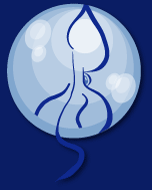

![PEK Solo: Precedents [2 CDs] (Evil Clown) PEK Solo: Precedents [2 CDs] (Evil Clown)](https://www.teuthida.com/productImages/full/29268.Full.jpg)

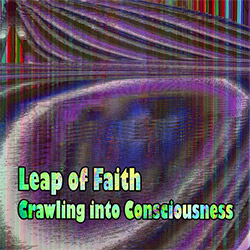
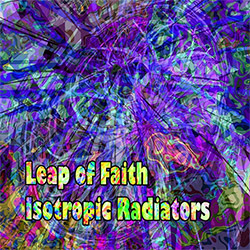

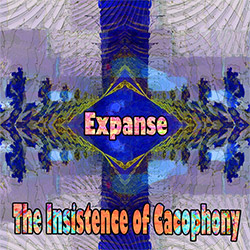
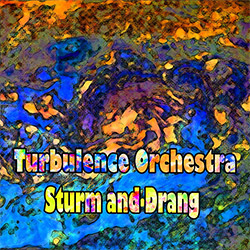
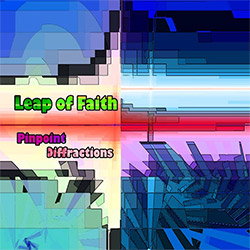
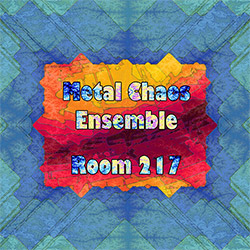
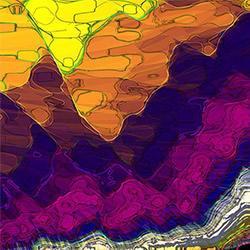
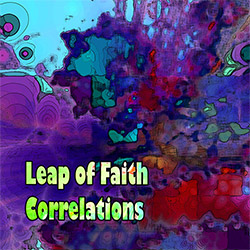
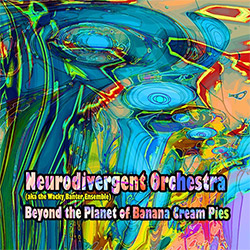
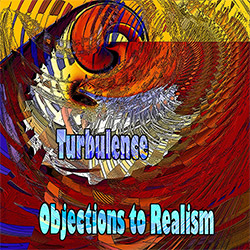
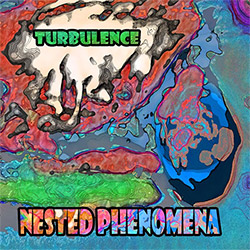
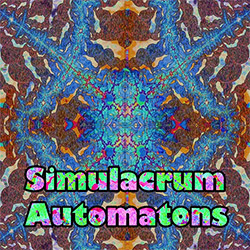
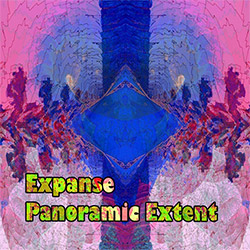
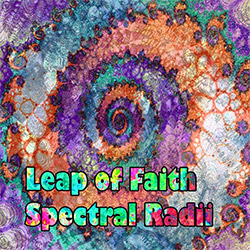
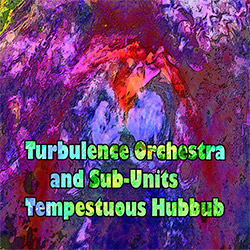
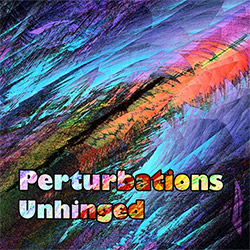
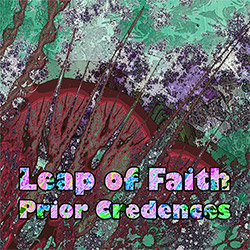
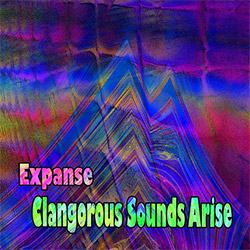
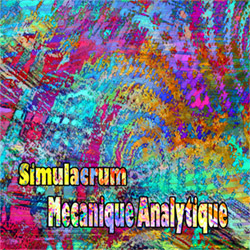
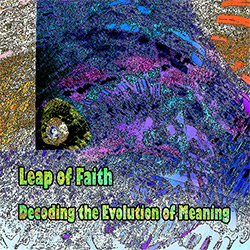
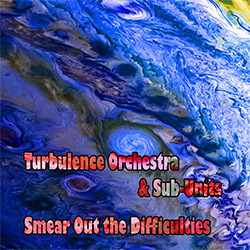
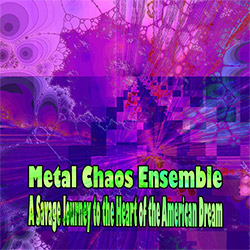
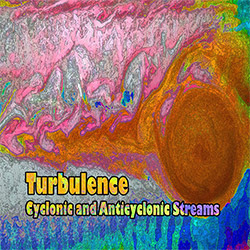
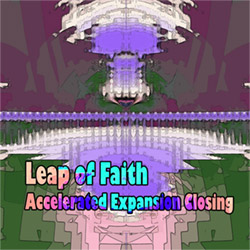

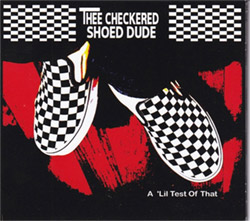
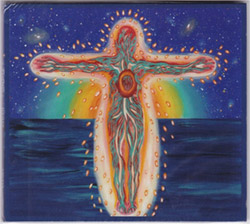
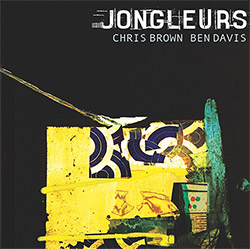
![BlueRing Improvisers: Materia [2 CDs]](https://www.teuthida.com/productImages/misc4/36513.jpg)
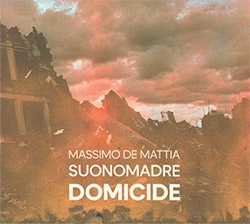
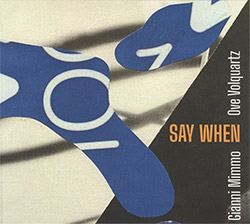
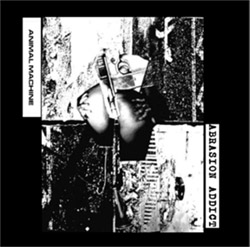
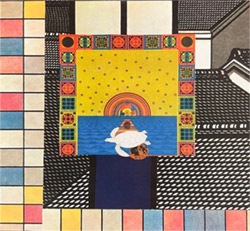
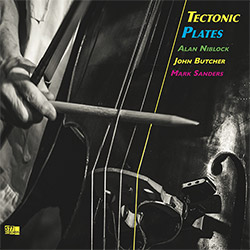
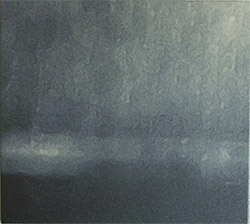

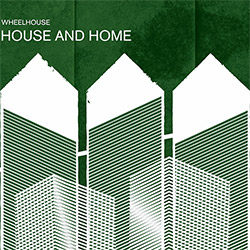
![Wheelhouse (Rempis / Adasiewicz / McBride): House And Home [VINYL]](https://www.teuthida.com/productImages/misc4/36462.jpg)
![+DOG+: The Light Of Our Lives [2 CDs]](https://www.teuthida.com/productImages/misc4/36009.jpg)

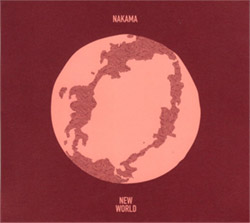
![Parker, Evan / Jean-Marc Foussat: Insolence [VINYL]](https://www.teuthida.com/productImages/misc4/36398.jpg)
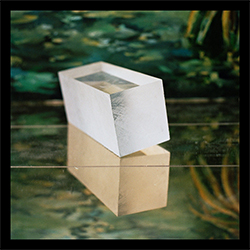
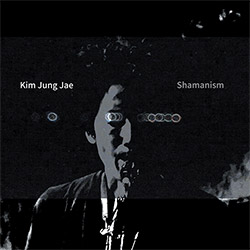
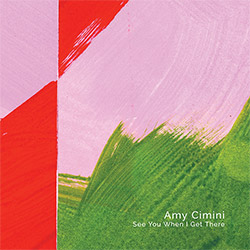
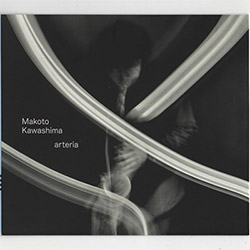
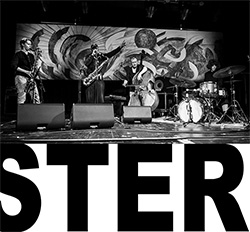
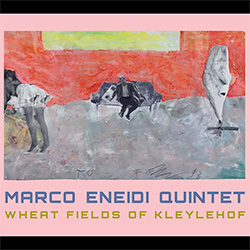
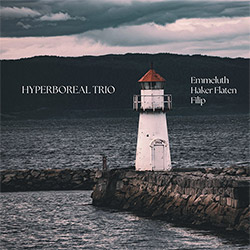
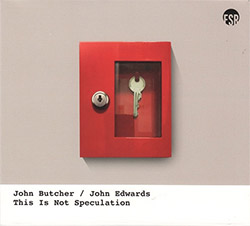
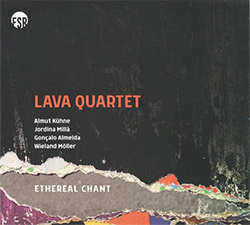
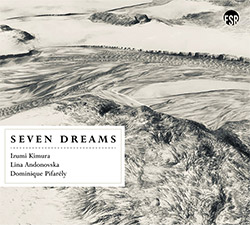
![Deupree, Jerome / Sylvie Courvoisier / Lester St. Louis / Joe Morris: Canyon [2 CDs]](https://www.teuthida.com/productImages/misc4/36404.jpg)
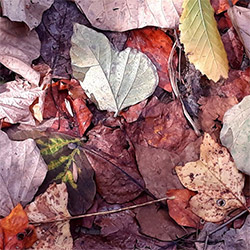
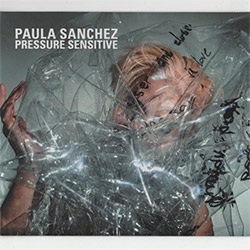
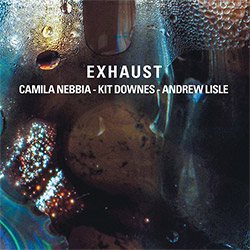
![Eventless Plot | Haarvol: The Subliminal Paths [CASSETTE + DOWNLOAD]](https://www.teuthida.com/productImages/misc4/36232.jpg)
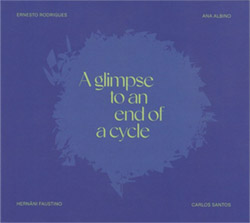
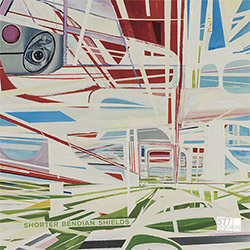
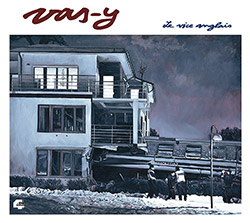


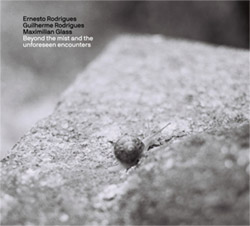

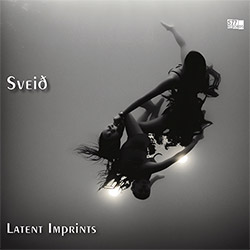
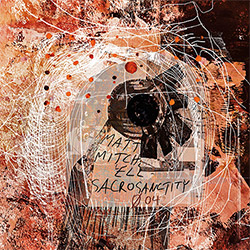
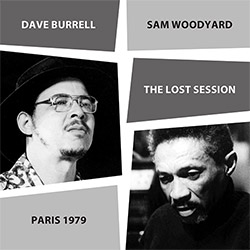
![Eventless Plot | Francesco Covarino: Methexis [CASSETTE + DOWNLOAD]](https://www.teuthida.com/productImages/misc4/36231.jpg)
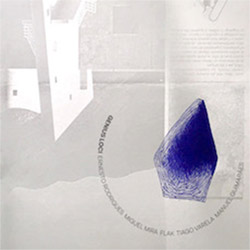
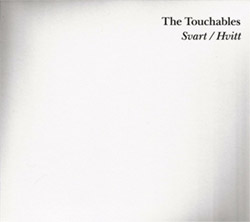
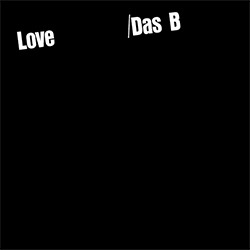
![Das B (Mazen Kerbaj / Mike Majkowski / Magda Mayas / Tony Buck): Love [VINYL]](https://www.teuthida.com/productImages/misc4/36329.jpg)
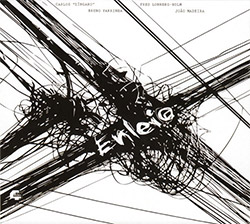
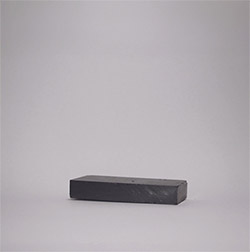
![Eternities: Rides Again [CASSETTE]](https://www.teuthida.com/productImages/misc4/36247.jpg)
![Lopez, Francisco: Untitled (2021-2022) [2 CDs]](https://www.teuthida.com/productImages/misc4/36438.jpg)
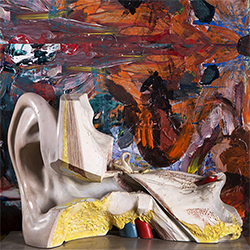
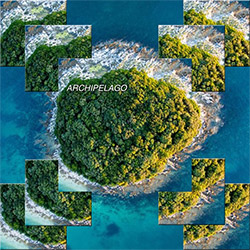
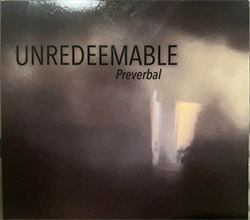
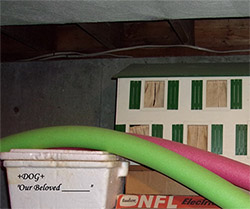
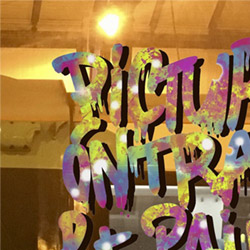
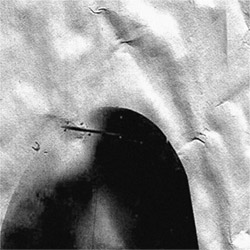
![Money : Money 2 [2 CDs]](https://www.teuthida.com/productImages/misc4/35894.jpg)
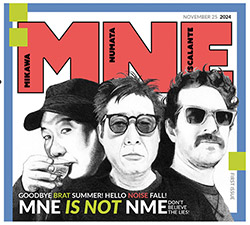
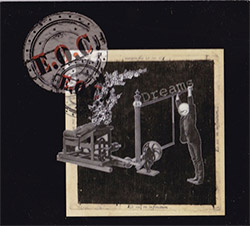
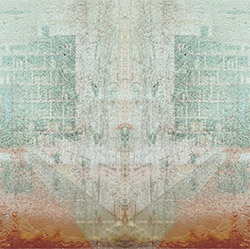
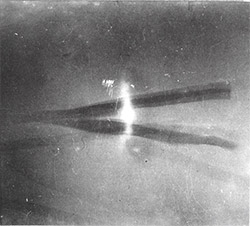
![Klinga, Erik: Elusive Shimmer [VINYL]](https://www.teuthida.com/productImages/misc4/36258.jpg)
![CHANGES TO blind (Phil Zampino): Volume 9 - I Wave on a Fine Vile Mist [CD + DOWNLOAD]](https://www.teuthida.com/productImages/misc4/36061.jpg)

![Wallmart / Rubbish: Asset Protection [split CD]](https://www.teuthida.com/productImages/misc4/35900.jpg)
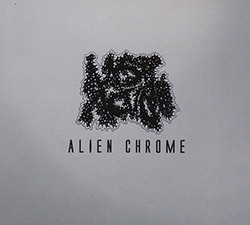
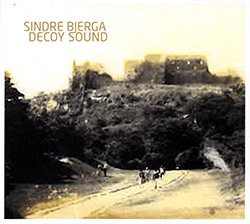
![+Dog+: The Family Music Book Vol. 5 [2 CDs]](https://www.teuthida.com/productImages/misc4/35897.jpg)
![Kuvveti, Deli : Kuslar Soyledi [CASSETTE w/ DOWNLOAD]](https://www.teuthida.com/productImages/misc4/36107.jpg)
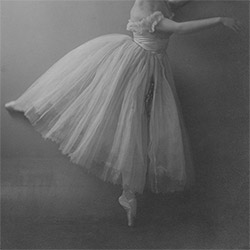
![Brown, Dan / Dan Reynolds: Live At The Grange Hall [unauthorized][CASSETTE]](https://www.teuthida.com/productImages/misc4/36245.jpg)
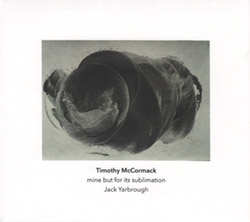

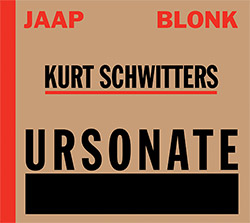
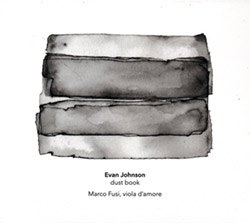
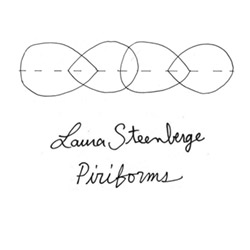
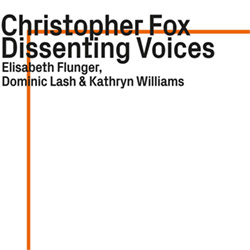
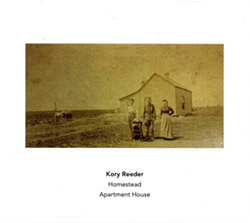
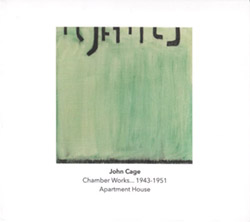
![Palestine, Charlemagne / Seppe Gebruers: Beyondddddd The Notessssss [VINYL]](https://www.teuthida.com/productImages/misc4/36206.jpg)
![Palestine, Charlemagne / Seppe Gebruers: Beyondddddd The Notessssss [NEON GREEN VINYL]](https://www.teuthida.com/productImages/misc4/36207.jpg)
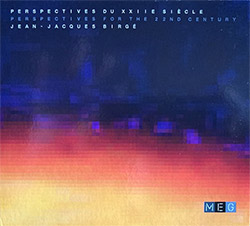
![Laubrock, Ingrid: Purposing The Air [2 CDs]](https://www.teuthida.com/productImages/misc4/35639.jpg)
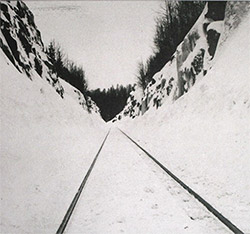
![Yoko, Ono / The Great Learning Orchestra: Selected Recordings From Grapefruit [2 CDs]](https://www.teuthida.com/productImages/misc4/35841.jpg)
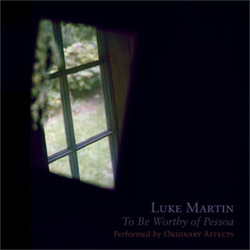
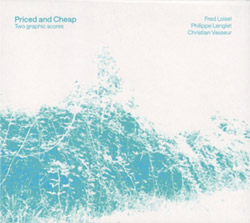
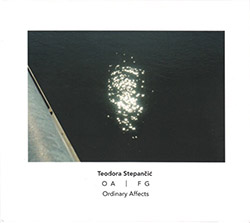
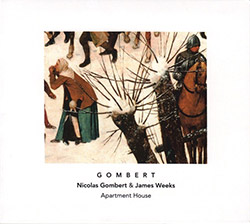

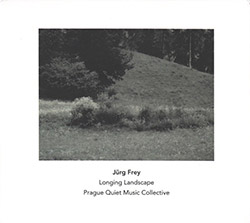


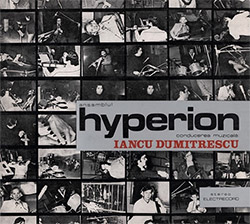
![Zorn, John / JACK Quartet: The Complete String Quartets [2 CDs]](https://www.teuthida.com/productImages/misc4/35609.jpg)

![Lonsdale, Eden: Dawnings [2 CDs]](https://www.teuthida.com/productImages/misc4/35480.jpg)
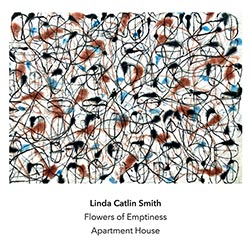
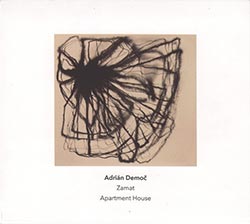
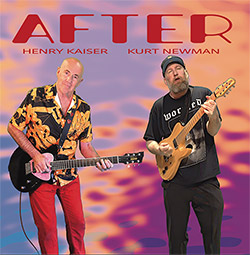
![Sorry For Laughing (G. Whitlow / M. Bates / Dave-Id / E. Ka-Spel): Rain Flowers [2 CDS]](https://www.teuthida.com/productImages/misc4/35985.jpg)

![Rolando, Tommaso / Andy Moor : Biscotti [CASSETTE w/ DOWNLOADS]](https://www.teuthida.com/productImages/misc4/36106.jpg)
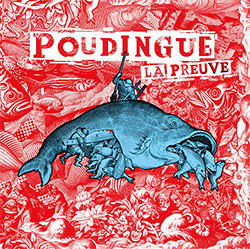
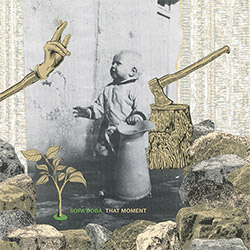
![Electric Bird Noise / Derek Roddy: 8-10-22 [CD EP]](https://www.teuthida.com/productImages/misc4/35970.jpg)
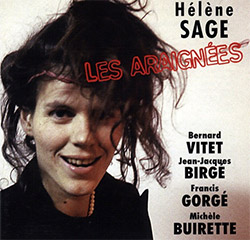
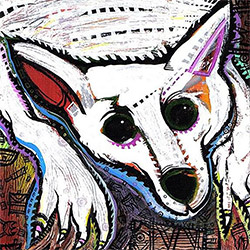

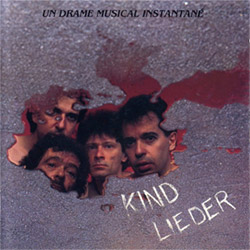
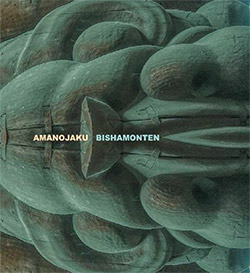
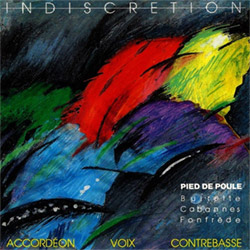
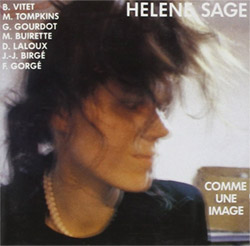
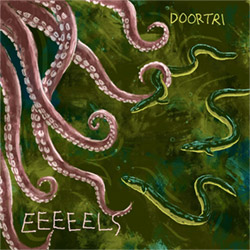
![Elephant9 : Mythical River [VINYL]](https://www.teuthida.com/productImages/misc4/34624.jpg)
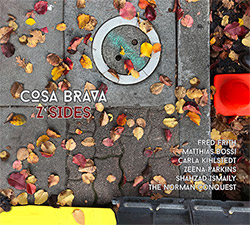
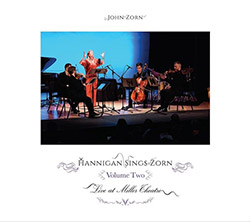
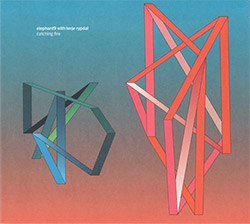
![Elephant9 with Terje Rypdal: Catching Fire [VINYL 2 LPs]](https://www.teuthida.com/productImages/misc4/35355.jpg)
![Deerlady (Obomsawin, Mali / Magdalena Abrego): Greatest Hits [VINYL]](https://www.teuthida.com/productImages/misc4/34876.jpg)
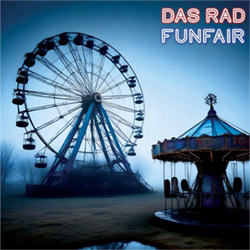
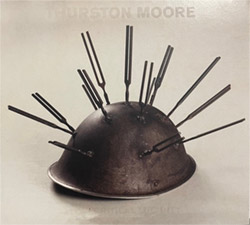
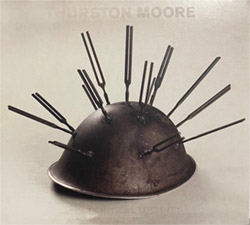

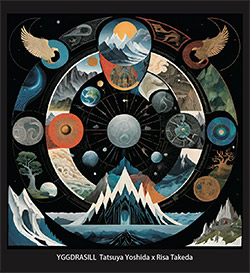
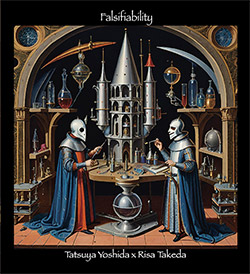
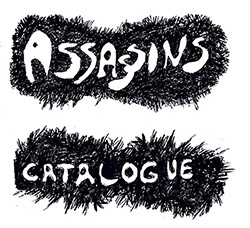
![Surplus 1980: Illusion of Consistency [CD]](https://www.teuthida.com/productImages/misc4/35069.jpg)
![Staiano, Moe: Away Towards the Light [VINYL + DOWNLOAD]](https://www.teuthida.com/productImages/misc4/35037.jpg)
![Coley, Byron: Dating Tips for Touring Bands [VINYL]](https://www.teuthida.com/productImages/misc4/17906.jpg)

![Lost Kisses: My Life is Sad & Funny [DVD]](https://www.teuthida.com/productImages/misc4/lostKissesDVD.jpg)